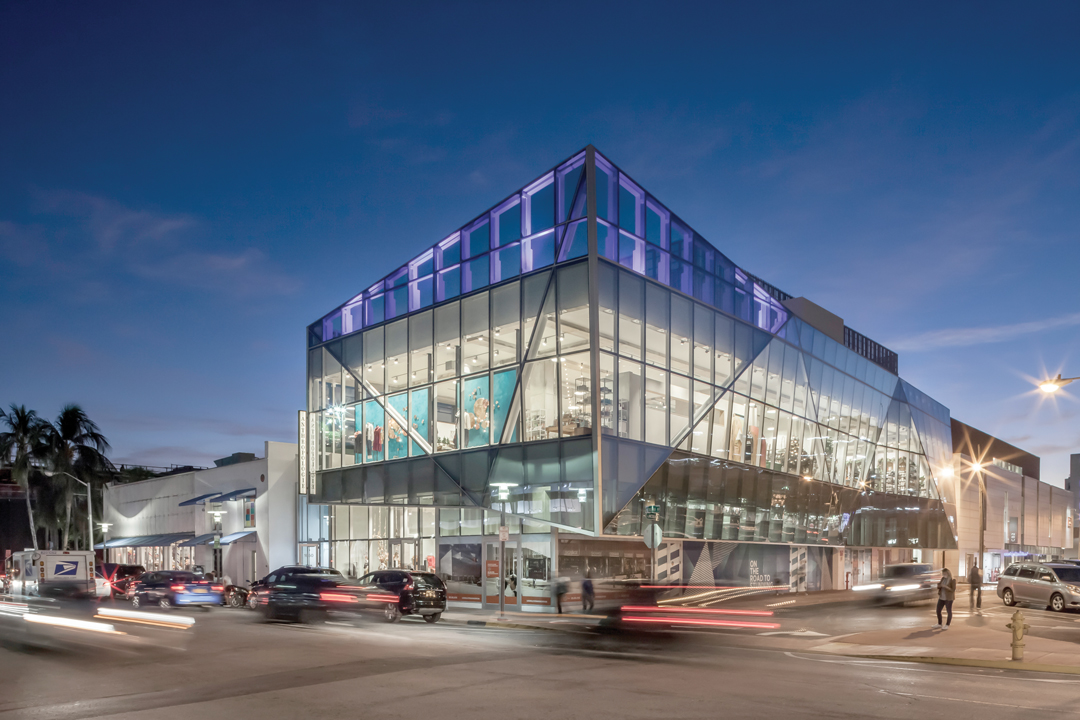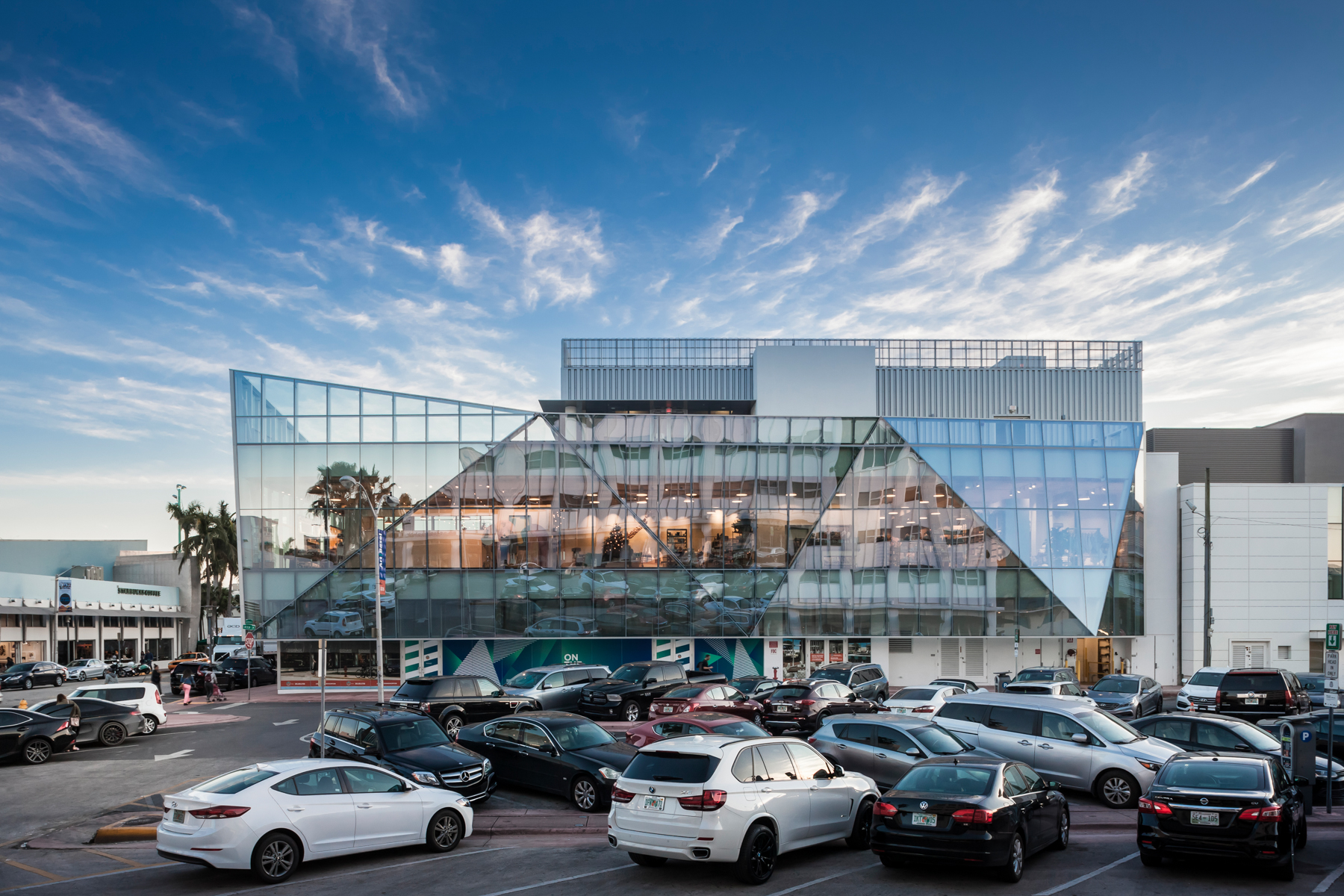Thinking Small: Inside Real Estate’s Next Huge Movement
June 15, 2018 — TERRANOVA TRENDS — BY ANDREA SPEEDY Ask typical consumers in the Western hemisphere to describe a “micro unit” in terms of real estate, and after they take a few moments to think, they might tell you about the tiny apartments they’ve either seen or heard about in Japan… but they’d only be partially correct. Today’s micro units now exits throughout the globe, are growing in popularity in the United States, and extend well beyond the residential sector to include retail, hospitality, office spaces, dining & entertainment, and more.
Generally defined as spaces ranging between 300 and 600 square feet, micro units are becoming increasingly popular due to the value proposition they offer to consumer audiences, and the strong potential return on investment they deliver to property owners. Even better, the cost-benefit equation on micro units plays out almost exactly the same no matter where or what the space will be used for.
Consider two scenarios that typically have very different real estate priorities: residential tenants and retail tenants. Traditional perspectives would dictate that the residential tenant wants as much square footage as he or she can possibly afford for a certain monthly price. Retail tenants, on the other hand, value location over size – knowing that a better small store or restaurant that is always full is better than the large space that always seems empty. Recently, however, these two audiences have started to converge.
CLICK HERE TO READ THE LATEST INSTALLMENT OF TERRANOVA TRENDS


